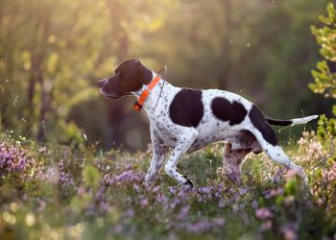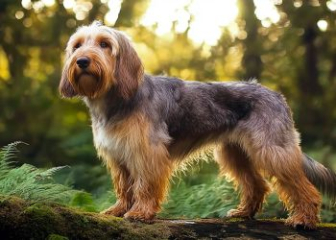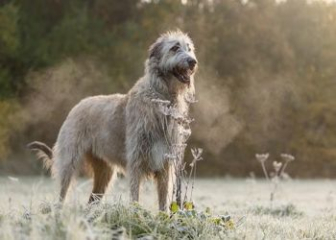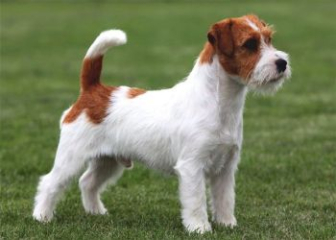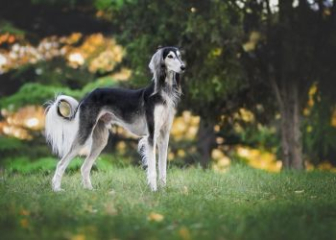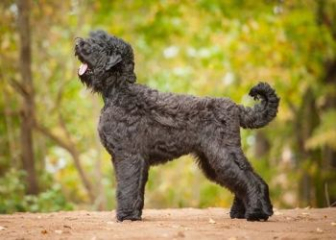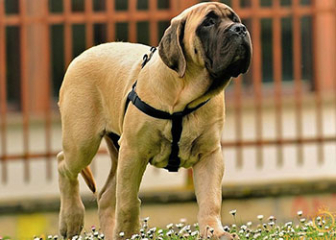Irish Setter - the beautiful hunting dog with a copper red coat
Blog | by
The Irish Setter (also known as the Setter Ái Nhĩ Lan) is a hunting dog breed originating from Ireland. It boasts a striking appearance with its characteristic copper red coat and friendly temperament.
Also known as the Setter Ái Nhĩ Lan, the Irish Setter is a hunting dog breed from Ireland, distinguished by its soft, smooth, and glossy copper red coat, as well as its cheerful and friendly nature, making it a perfect companion for families.
Discover Dog breed more about the Irish Setter in the article below to see if this dog is truly the right match for you!
Origin of the Irish Setter
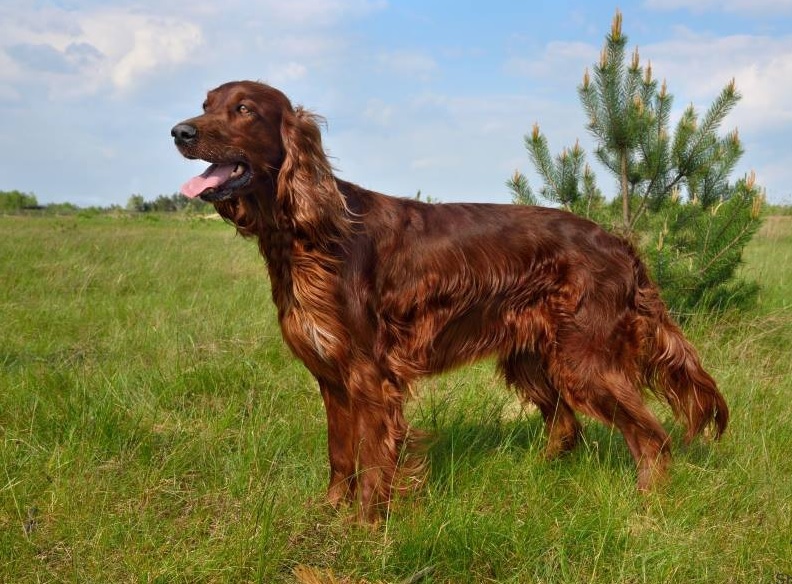
The Irish Setter – A Hunting Dog Breed from Ireland
The Irish Setter, also known as the Setter Ái Nhĩ Lan, is a breed that originated in Ireland (Ai-len or Ái Nhĩ Lan in Vietnamese). It belongs to the Gun Dog group and is commonly used to track and point out the location of game birds during hunting trips. Irish Setters have a relatively long lifespan, ranging from 11 to 15 years.
Development History of the Irish Setter:
-
Around the early 18th to 19th century, Setters were widely used in Ireland to assist with hunting.
-
They were bred from English Setters, Gordon Setters, Spaniels, and some local hunting dog breeds.
-
Originally, this dog had a red-and-white coat to make it more visible in the fields. However, it was later selectively bred to have the now-iconic mahogany red coat.
-
In 1874, the Irish Setter was officially registered by the British Kennel Club.
-
In 1878, it was recognized by the AKC (American Kennel Club), and afterward, it gained popularity in Europe and the U.S. both as a hunting dog and companion animal.
-
Today, thanks to its striking appearance, friendly and energetic personality, the Irish Setter has become a beloved pet and a star in dog beauty competitions.
Classification of Irish Setters
Currently, based on their coat color and intended use, Irish Setters are divided into two types: the Red Setter and the Red-and-White Setter, specifically:
Irish Red Setter (Setter Đỏ)
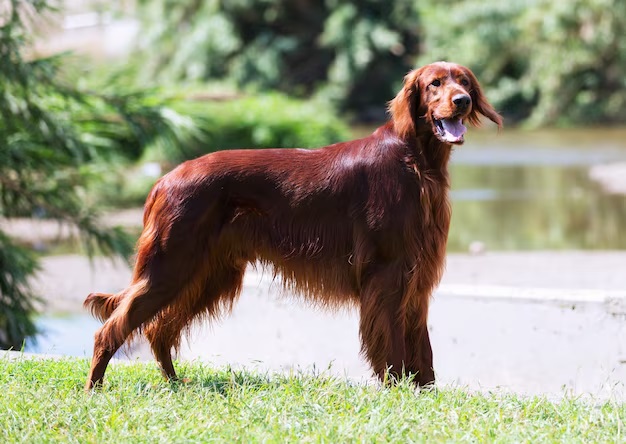
Irish Red Setter – Known for Its Distinctive Mahogany Red Coat
This is the most popular type of Irish Setter today, easily recognized by its signature mahogany red coat.
-
Coat: Smooth, shiny, and silky with a deep red hue.
-
Purpose: Bred primarily as a companion dog, show dog, and for participating in dog beauty contests.
-
Temperament: Cheerful, friendly, and energetic.
-
Instincts: While it still retains its natural hunting instincts, these are rarely put to use in modern settings.
Irish Red and White Setter (Red-and-White Setter)
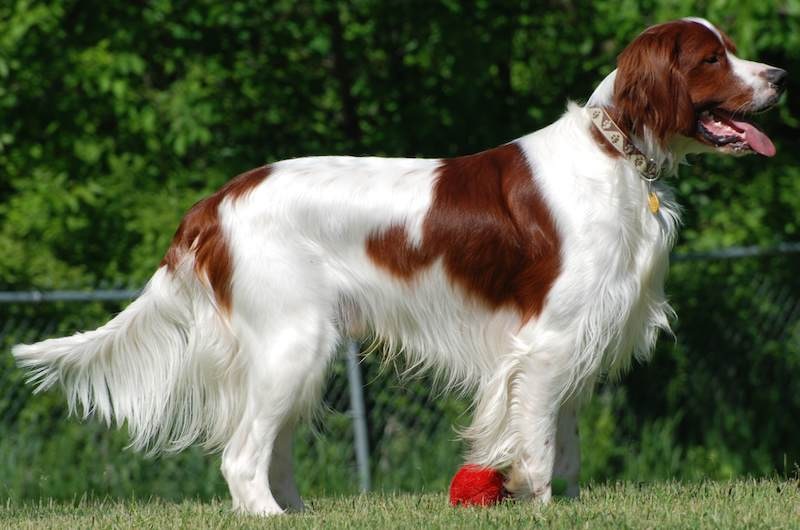
Irish Red and White Setter – Featuring a Red and White Coat
This is the original Setter line that dates back to the 19th century, with the following characteristics:
-
Coat: Red and white in color.
-
Purpose: Primarily used for hunting.
-
Instincts: Stronger prey drive and better scent-tracking abilities compared to the Red Setter.
-
Build: Well-proportioned, muscular body with faster speed.
-
Temperament: Generally less stubborn than the Red Setter.
Appearance of the Irish Setter
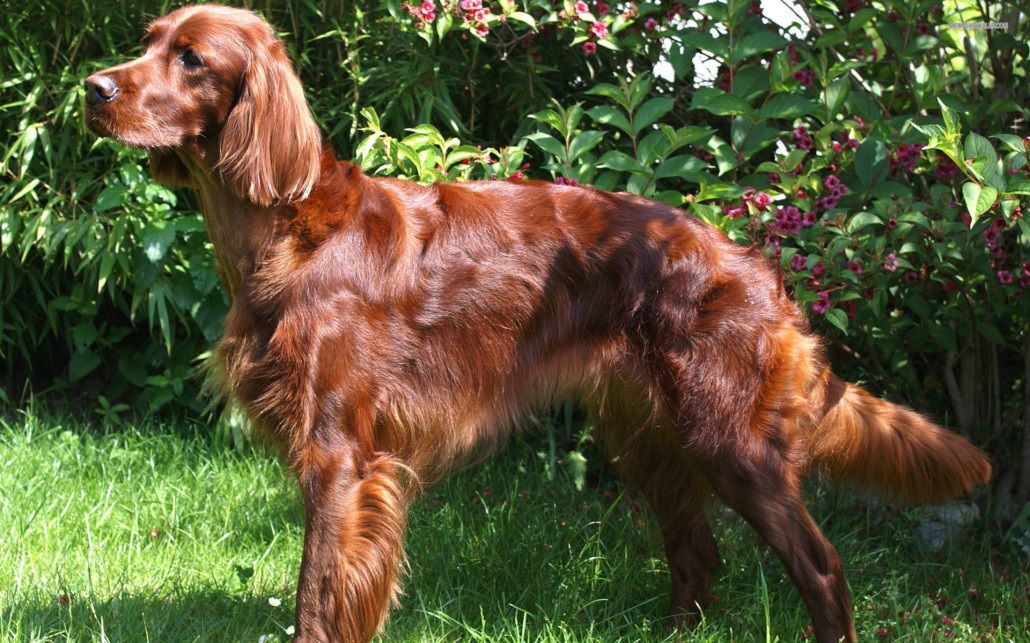
Appearance of a Purebred Irish Setter
The Irish Setter is often hailed as one of the most beautiful hunting dog breeds, known for its sleek, glossy mahogany red coat and graceful, athletic build. Let’s take a closer look at the physical traits of a purebred Irish Setter:
-
Height:
Males 58 – 67 cm
Females 55 – 62 cm -
Weight:
Males 27 – 32 kg
Females 24 – 29 kg -
Body: Balanced and slender build, deep chest, straight back, and well-developed muscles.
-
Coat: Long, straight and silky, with a slight wave. The hair is longer on the belly, chest, ears, and legs.
-
Coat Color: Mahogany red or chestnut red; sometimes with white patches on the chest or legs.
-
Head: Long and narrow, proportionate to the body.
-
Eyes: Oval-shaped, dark brown or hazel, giving a sharp and alert expression.
-
Nose: Wide nostrils, black or dark brown in color, with a strong sense of smell.
-
Ears: Long, thin, and hang down on both sides with plenty of feathering.
-
Tail: Long and tapering, typically held level or slightly curved while moving.
Temperament of the Irish Setter (Setter Ái Nhĩ Lan)
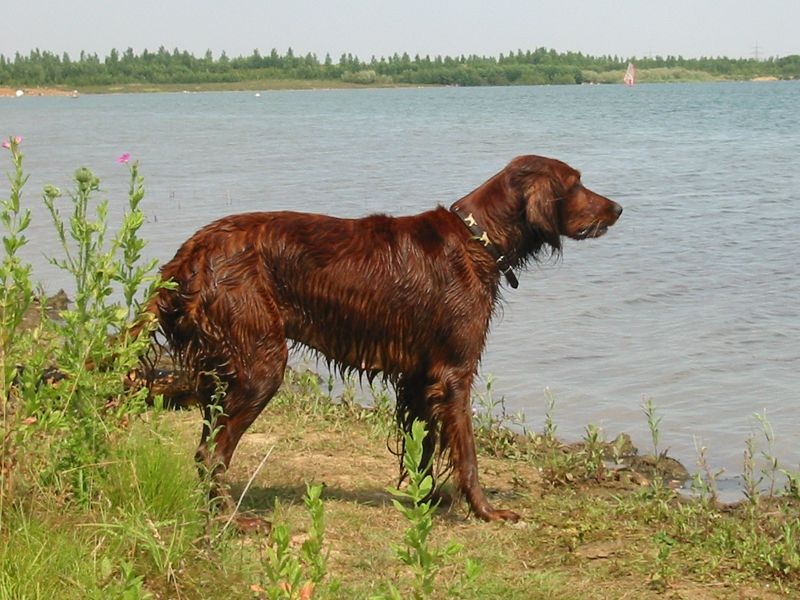
An Irish Setter with Soaked Fur After a Swim
The Irish Setter isn’t just a beautiful hunting dog—it’s also known for its friendly, loyal, and energetic nature, making it a great choice for a family pet. Let’s take a closer look at its temperament to see if the Irish Setter is the right companion for you!
Lively and Full of Energy
As a natural hunting breed, the Irish Setter loves physical activity. It enjoys running, playing, and joining outdoor activities such as walking, jogging, and especially swimming. These dogs can play all day without getting tired or bored. In fact, if they don’t get enough exercise, they may become mischievous and hyperactive.
Affectionate and Friendly
Irish Setters are affectionate and friendly with everyone—especially children. When socialized early, they also get along well with other pets in the household. Because of their friendly nature, they’re not suitable as guard dogs—they're likely to greet strangers with a wagging tail!
Smart and Quick Learners
These dogs are intelligent and quick to pick up new commands, making them relatively easy to train. However, they can sometimes be a bit stubborn or cheeky, so you’ll need to be patient and consistent with their training.
Strong Hunting Instincts and Sensitive Sense of Smell
As a hunting breed, the Irish Setter has a keen sense of smell and can even recognize familiar family members from a long distance based on scent alone. Their scent memory is impressively sharp.
How to Care for an Irish Setter
Irish Setters Are Quite Sensitive and Require Special Care
If you're thinking about bringing an Irish Setter into your home, it’s important to understand how to properly care for them. Below is a detailed guide to keeping your Irish Setter healthy and looking their best.
Feeding Guidelines for Irish Setters at Each Life Stage
Irish Setters need a well-balanced and nutritious diet to grow and thrive. Here’s a breakdown of recommended feeding:
General Nutritional Recommendations:
-
Protein: 25–30% of the diet. Sources include chicken, fish, beef, pork, and eggs.
-
Fats: Provide energy. Found in fish oil, animal fats, etc.
-
Carbohydrates: From grains, sweet potatoes, rice, brown rice, bread, etc.
-
Vitamins & Minerals: From leafy greens, vegetables, and fruits.
-
Omega-3, calcium, and glucose supplements: To support strong, healthy development.
-
Clean water: Must be available at all times.
-
If not feeding fresh food: High-quality dry kibble is also a good option.
Feeding Puppies (2–6 Months Old):
-
Feed 3–4 meals per day.
-
Include protein, healthy fats, carbs, vitamins, and fiber.
-
You can soften dry kibble (150–250g/day) for easier digestion.
-
Supplement with goat’s milk or specially formulated dog milk—never give cow's milk, as it can cause diarrhea.
-
Food should be soft, finely chopped—no bones.
Feeding Young Dogs (6–12 Months Old):
-
Feed 2–3 meals per day.
-
Transition to adult dog food with higher protein content.
-
Dry kibble: 250–350g/day.
-
Avoid overfeeding in one meal to prevent bloat or gastric torsion.
Feeding Adult Dogs (1–7 Years Old):
-
Feed 2 meals per day.
-
Maintain moderate protein and fat levels, and increase fiber and vitamins.
-
Supplement with glucosamine, cheese, and plain yogurt.
-
Dry kibble: 300–450g/day.
Exercise and Training for Irish Setters
Irish Setters are highly active and need proper exercise and mental stimulation:
-
At least 1–2 hours of exercise daily.
-
Mix in walks, running, fetch, swimming, etc.
-
Start training at 8 weeks old with basic commands: sit, stay, down, quiet, come, etc.
-
Early socialization is key to help them get along with people and other animals.
-
Avoid leaving them alone for long periods—they’re sensitive and prone to separation anxiety.
Grooming and Hygiene for Irish Setters
With their long, shiny coat, Irish Setters require routine grooming to stay healthy and beautiful:
-
Brush regularly with a proper grooming brush to prevent tangles and keep the coat smooth.
-
Bathe 1–2 times a month, or as needed, using shampoos made for long-haired dogs.
-
Trim hair on legs, ears, and tail regularly.
-
Clean ears and eyes 1–2 times a week.
-
Trim nails when too long to prevent injury or discomfort.
Health Care and Vaccinations for Irish Setters
Keeping your Irish Setter healthy involves routine medical care and prevention:
-
Vaccinations: Core vaccines like 5-in-1, 7-in-1, and rabies.
-
Deworming: Every 6–12 months.
Regular vet checkups to monitor for common illnesses and detect hereditary conditions early.
Common Health Issues in Irish Setters
Irish Setters and Common Hereditary Health Issues
Irish Setters are prone to certain health conditions, many of which are inherited. Here are some common illnesses that can affect Irish Setters—knowing the signs early and how to prevent them will help ensure your dog stays happy and healthy.
| Disease | Cause | Symptoms | Prevention & Treatment |
|---|---|---|---|
| Gastric Torsion (Bloat) | Common in deep-chested breeds; can occur from vigorous activity after eating a large meal. | Bloated abdomen, discomfort, dry heaving, difficulty breathing, excessive drooling. | Feed smaller portions; avoid eating too fast or too much. No intense activity after meals. Seek veterinary help immediately if symptoms worsen. |
| Hip Dysplasia | Genetic; can also result from improper exercise during puppyhood. | Difficulty walking, dragging legs, trouble standing or sitting, abnormal gait. | Routine check-ups; monitor for unusual movements and consult a vet promptly. |
| Epilepsy | Hereditary. | Sudden collapse, seizures, loss of control. | Track seizure frequency; consult your vet for proper treatment; minimize stress. |
| Progressive Retinal Atrophy (PRA) | Inherited. | Poor vision, stumbling, cloudy eyes, unusual pupils. | Genetic screening before breeding or purchasing. Provide vitamin A, Omega-3 supplements. |
Irish Setter Prices and Buying Tips in Vietnam
Currently, Irish Setters are still relatively rare in Vietnam, so their prices are quite high and vary depending on factors such as origin, purity, age, and gender. Here’s a reference price guide:
| Origin & Details | Estimated Price | Notes |
|---|---|---|
| Irish Setter puppies bred in Vietnam (no papers) | 3.5 – 4 million VND | No certification or clear origin. |
| Irish Setters bred in Vietnam (with papers) | 12 – 25 million VND | Price depends on pedigree, documents, health, and appearance. |
| Imported Irish Setters (Europe/USA) | $1500 – $2500 (~35 – 60 million VND) | 100% purebred, clear lineage, excellent health and appearance. |
Important Notes When Buying an Irish Setter
-
Only buy from reputable breeders or pet stores to ensure quality and health.
-
Compare prices between different sellers for the best deal.
-
Check the dog’s origin, pedigree, vaccination records, health status, and physical condition to make sure you're getting a healthy, purebred dog.
-
Consider your living situation and ability to provide proper care before deciding to adopt.
Beautiful Irish Setter Gallery
Take a moment to admire some of the most stunning images of Irish Setters we’ve collected—you’ll see why this breed has captured the hearts of dog lovers worldwide!
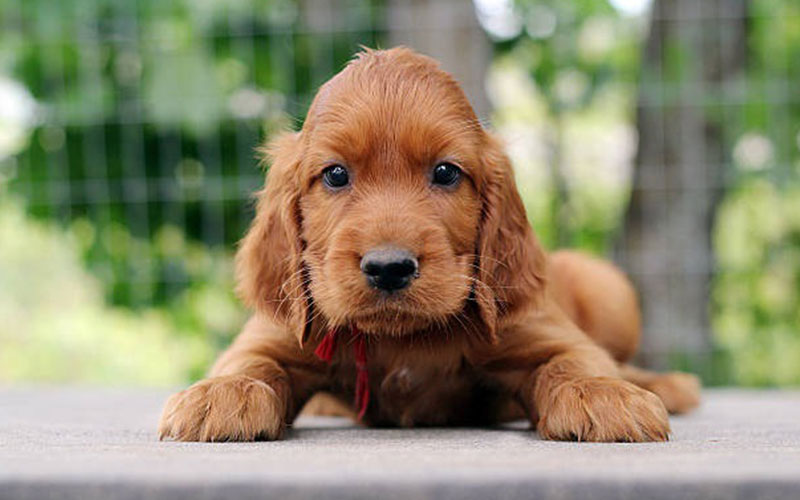
An adorable Irish Setter puppy with bright, sparkling eyes.
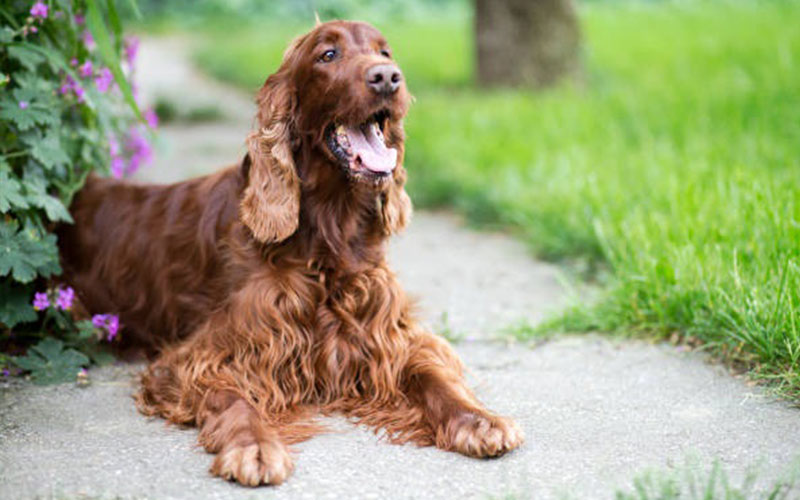
The Irish Setter with a long, wavy coat.
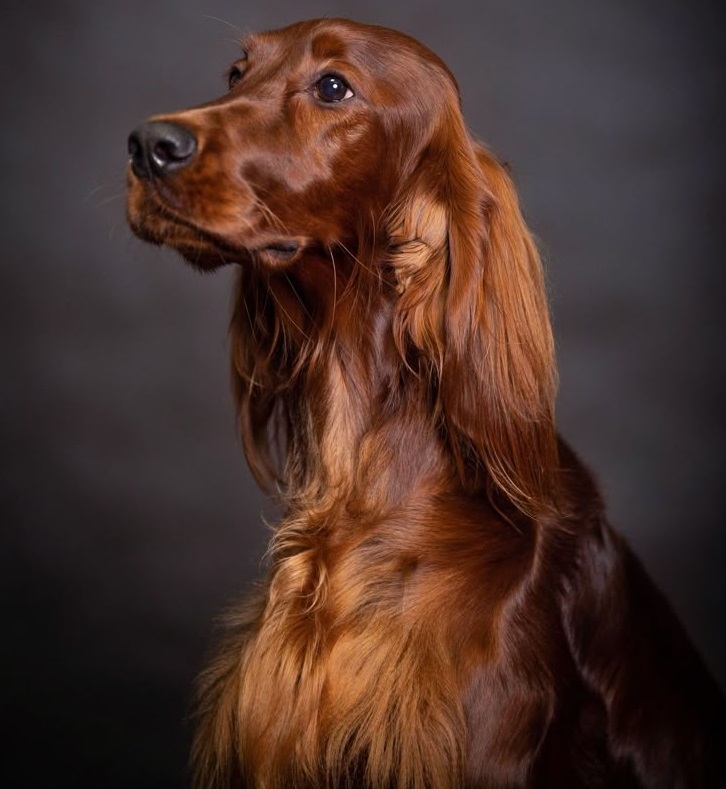
A proud and elegant portrait of an Irish Setter.
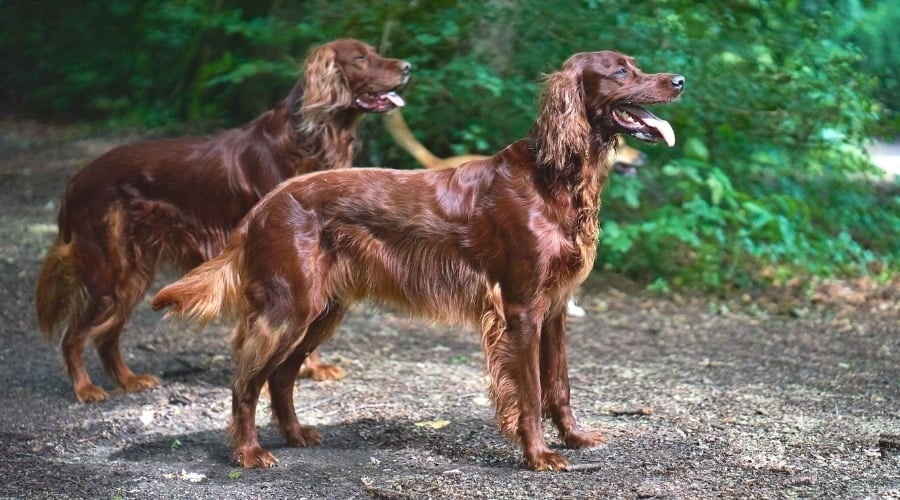
Two Irish Setters Standing Side by Side
The article on dogbreed.wiki has provided a comprehensive overview of the Irish Setter—also known as the Setter Ái Nhĩ Lan. This breed is not only visually stunning with its silky mahogany red coat, but also known for its cheerful, friendly nature, making it a fantastic choice for a family pet. However, keep in mind that it is still relatively rare in Vietnam, and the cost can be quite high—so make sure to consider carefully before bringing one home.
And remember—our Blog section features hundreds of other amazing dog breeds waiting for you to discover. Thanks for reading, and see you again soon!
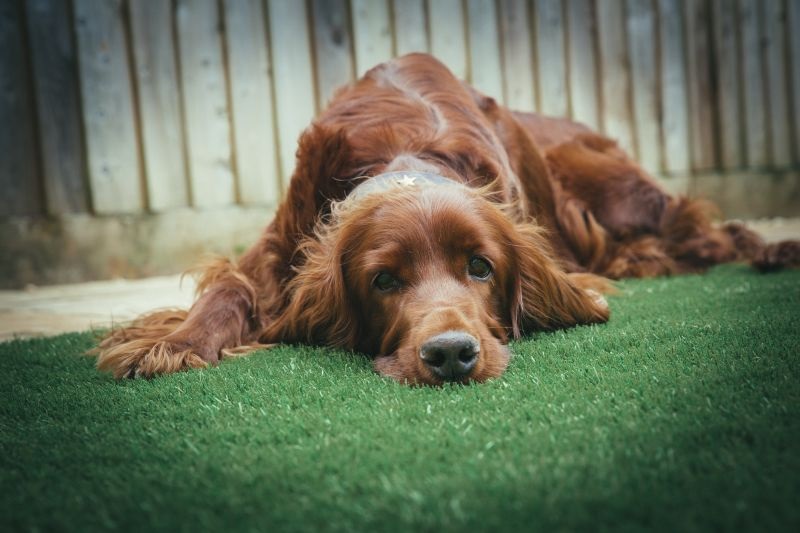
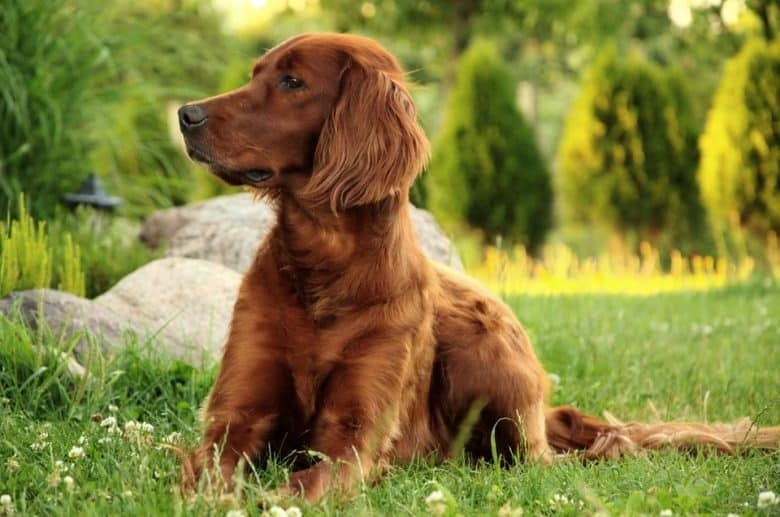

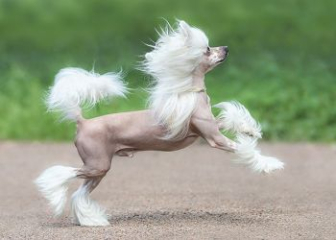
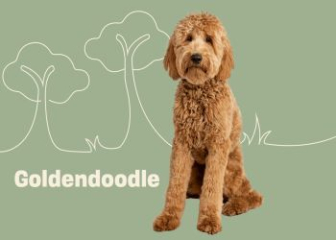
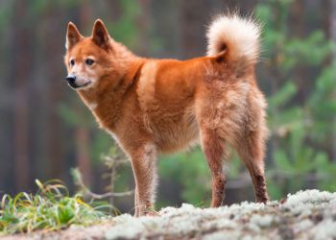

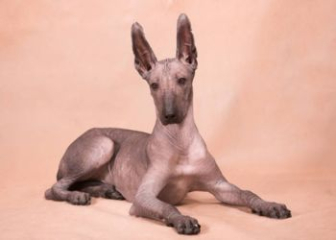



_350x250.jpg)

